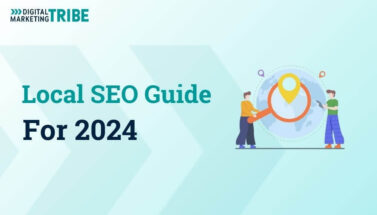
Getting this step right is incredibly important for maximising the chances of your content ranking high by search engines for a relevant query.
ChatGPT can be of enormous help here. If you ask this AI tool to generate a list of keywords related to your product or service, you are likely to get a few interesting suggestions in a matter of seconds.
For example, when we asked for suggestions of keywords related to “flower delivery Sydney”, in addition to such obvious queries as “online florist Sydney” or “same day flower delivery Sydney” we also got a number of niche keyword suggestions – such as “seasonal flowers Sydney” or “anniversary flowers Sydney delivery”.

For example, your instructions might be to “create an outline for a 1,500-word article about the benefits of ordering seasonal flowers”.
While the outlines produced by ChatGPT sometimes tend to be too generic, they are always very detailed and can provide an excellent starting point for your article. Then you can always adjust and refine the outline according to your needs.

First of all, ChatGPT content may be too generic and lack originality. This is especially true if a long-form copy is generated using just a few instructions that lack clarity and specificity.
Google has recently indicated in their guidelines that, while AI content is not explicitly banned at this stage, low-value, spammy content is not something that will be tolerated. So, the best practice today is to use ChatGPT as your advanced research and writing assistant rather than your go-to one-click SEO content creation tool.
Also, with the possibility of OpenAI watermarking its content in the near future, it is better to be on the safe side and ensure that articles you create with the help of Chat GPT are not just SEO-optimised but truly informative and unique. This usually means that, no matter how good your AI-generated output appears, it can always be improved with a few human touch ups.

This way, it is much easier for you to control the output and perform all necessary quality checks.
Consider using Ai for your introductory paragraphs, conclusions, and sections of your article that do not need to contain in-depth, recent, or highly accurate information.

This can be a considerable challenge if you produce content on topics that are rapidly evolving. Also, AI has its limitations – and will occasionally get a thing or two wrong even when writing about established topics.
For best results and to avoid penalties, you should always check any ChatGPT output for factual accuracy.

This comes in handy whenever you need to create succinct and keyword-rich meta descriptions or product descriptions.
You can also get this tool to suggest headings and subheadings for sections of your article – and you’ll be surprised to see how good some of them are going to be.

So, ChatGPT is an exciting new AI tool that can considerably speed up the process of creating SEO-friendly content – but, as with any technology, it has its limitations and needs expert human users in charge to achieve best results.

Looking for an SEO agency? We can help! Digital Marketing Tribe specialises in SEO for brands who are looking ...
Read article
The Ultimate Guide to Local SEO by Digital Marketing Tribe provides comprehensive strategies and insights for optimis...
Read article
A well-planned Sydney SEO strategy is indispensable for businesses aiming to establish and grow their online presence...
Read article